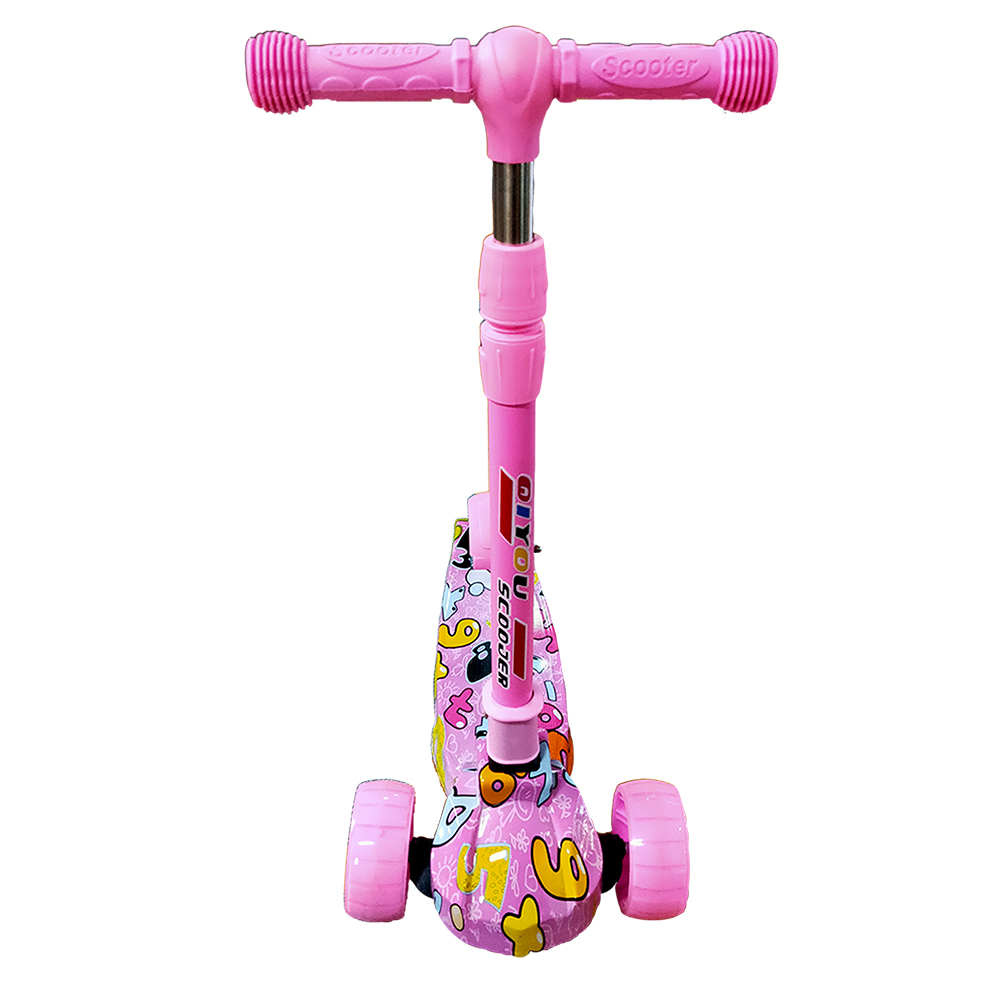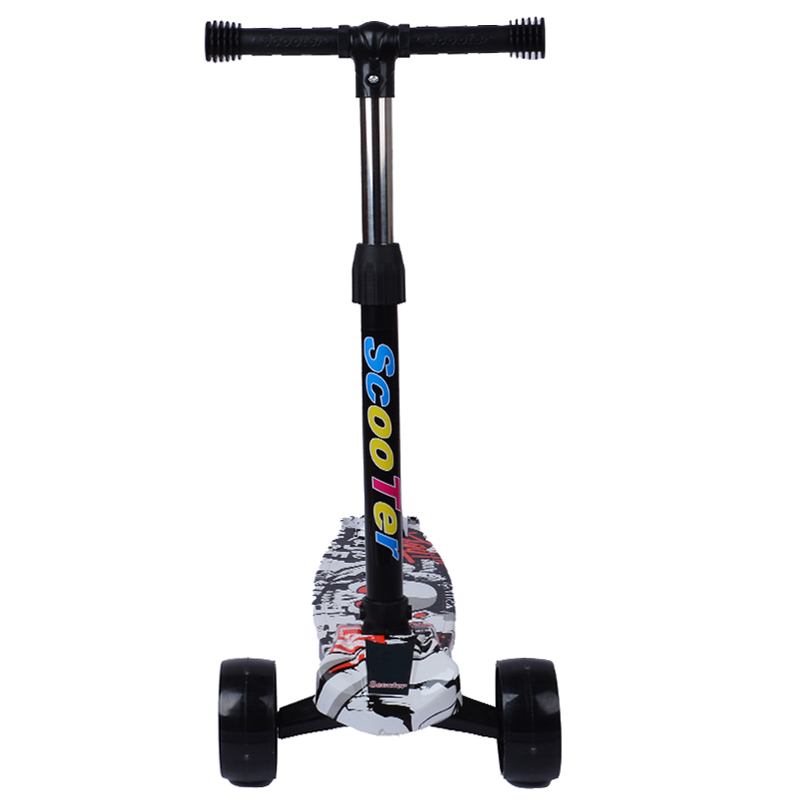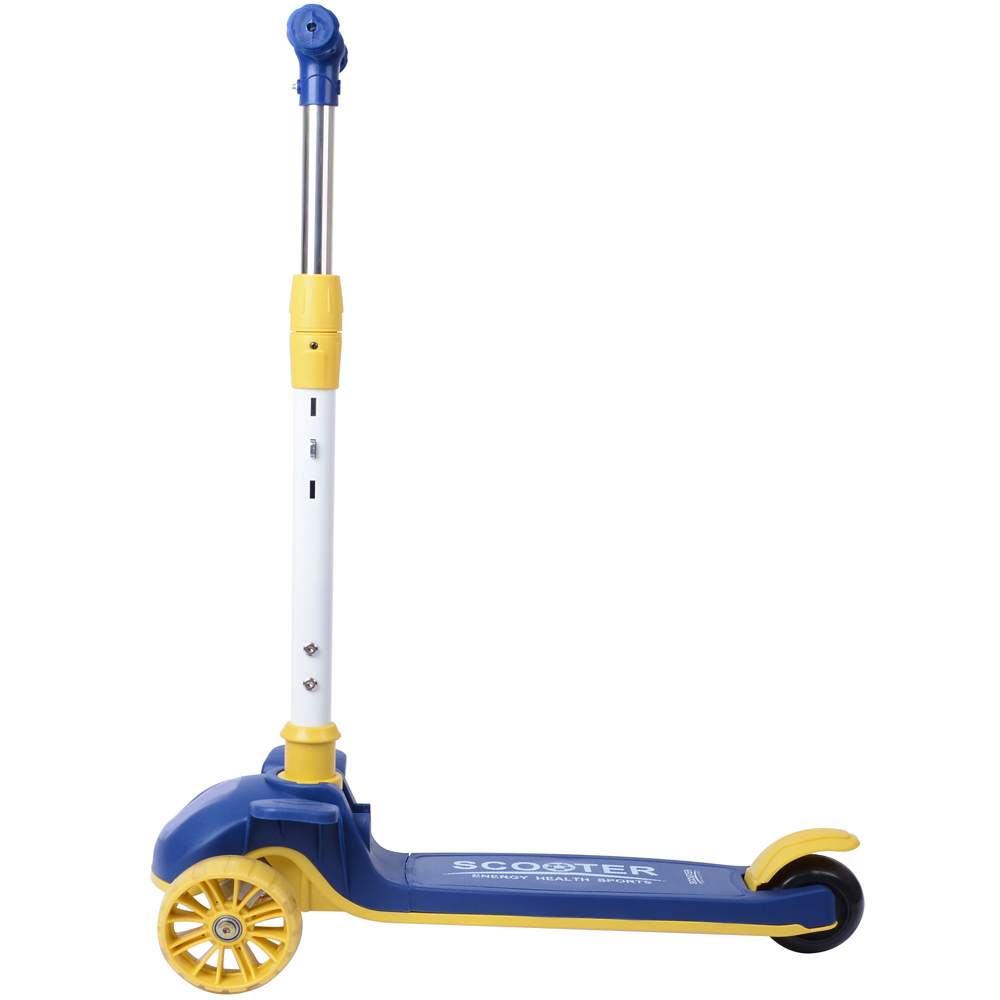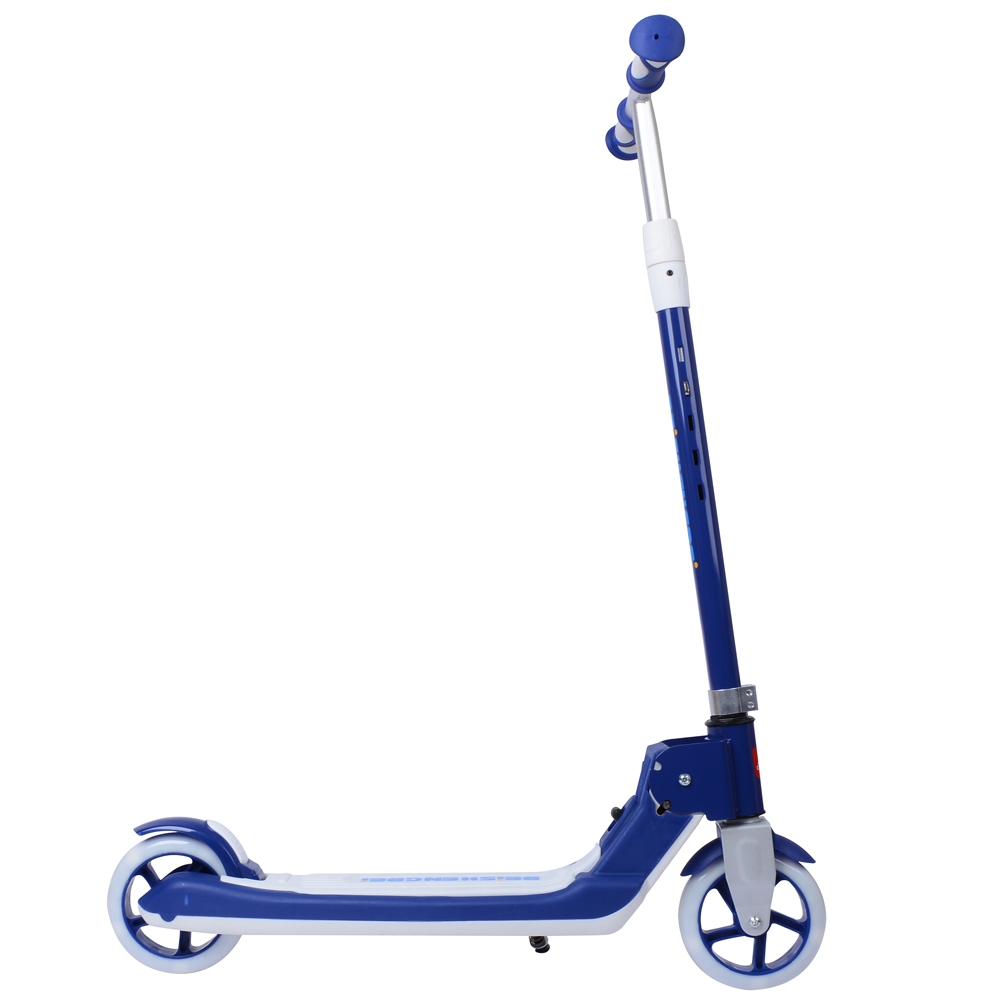Exploring the Rise of Kick Scooters A Modern Transportation Revolution
In recent years, the transportation landscape has undergone significant transformations, primarily driven by the growing need for eco-friendly and efficient alternatives to traditional vehicles. Among these innovations, kick scooters have emerged as a popular mode of transport, especially in urban areas. This article delves into the rise of kick scooters, examining their benefits, the reasons behind their increasing popularity, and the future prospects they hold within the realm of urban mobility.
The Benefit of Kick Scooters
Kick scooters, characterized by their lightweight design and simple mechanics, have proven to be a viable transportation option for individuals of all ages. One of the primary advantages of kick scooters is their portability. Unlike bicycles, kick scooters can easily be folded and carried onto public transport, making them ideal for multi-modal commutes. This high level of adaptability caters to the needs of urban dwellers, who often need to combine different modes of transport to reach their destinations.
Another significant benefit is the environmental impact. With the rising concerns over climate change and pollution, kick scooters offer a sustainable alternative to gas-powered vehicles. When utilized for short distances, they emit zero greenhouse gases, contributing to cleaner urban air and a lower carbon footprint. As cities aim to become more eco-conscious, the adoption of kick scooters aligns with global sustainability initiatives.
The Popularity Surge
Several factors contribute to the escalating popularity of kick scooters. Chief among these is the advancement in technology, leading to the production of electric scooters that can reach higher speeds while still being user-friendly. These e-scooters, often equipped with features like regenerative braking and smartphone connectivity, have captivated a tech-savvy audience. The convenience these scooters offer, including easy access to rental options via mobile apps, has made them an attractive choice for commuters.
Moreover, the rise of last-mile transportation solutions has spurred interest in kick scooters. As urban populations swell, the challenge of navigating congested city streets grows. Kick scooters provide a practical solution for covering short distances quickly, effectively bridging the gap between public transport stations and final destinations. This last-mile connectivity has made scooters an indispensable part of urban mobility.
kick escooter

The COVID-19 pandemic also played a role in boosting kick scooter usage. With social distancing measures encouraging individuals to seek alternative, solitary modes of transport, people turned to scooters as a means to avoid crowded public transport. The flexibility and individual control offered by kick scooters appealed to those wary of proximity to others during the pandemic.
Safety and Regulation
Despite their benefits, the rise of kick scooters has not been without challenges. Safety concerns have emerged, as increased usage brings about a higher likelihood of accidents, both for riders and pedestrians. Many cities have implemented regulations to address these concerns, mandating helmet usage and establishing designated riding zones. Increased awareness campaigns are also underway, aimed at educating users about safe riding practices.
Regulation remains a pivotal aspect of the scooter industry. As municipalities grapple with implementing rules that balance rider freedom with public safety, the future of kick scooters will largely depend on adaptive policies that encourage responsible use. Striking the right balance between fostering innovation in personal mobility and ensuring the safety of the community will be crucial in shaping the future of kick scooters.
Looking Forward
As we move deeper into the 21st century, the evolution of kick scooters appears poised for continued growth. Their integration within wider smart city initiatives is on the horizon, with potential developments including dedicated lanes and advanced parking solutions. As urban planners increasingly recognize the role of micro-mobility in creating more liveable cities, kick scooters are likely to play an integral role in reshaping urban transportation networks.
In conclusion, kick scooters have established themselves as a dynamic and modern solution to urban transportation challenges. With their advocacy for eco-friendliness, convenience, and adaptability, they represent a pivotal shift in how we think about mobility in our cities. As we look toward the future, it is clear that kick scooters will continue to evolve, significantly influencing the way we navigate our urban environments.
-

 Scoot&RideKids Child Kick Push Scooter 3 Wheels with LED Flashing Tilt Lean Boys Girls Scooter
Scoot&RideKids Child Kick Push Scooter 3 Wheels with LED Flashing Tilt Lean Boys Girls Scooter




- 4
$33.17 -

 Scoot&RideKids Scooter Child Kick Flashing LED Light Up 3 Wheel Push Adjustable Folding 3
Scoot&RideKids Scooter Child Kick Flashing LED Light Up 3 Wheel Push Adjustable Folding 3- 0
$25.52 -

 Scoot&RideKids Scooter Child Kick Flashing LED Light Up 3 Wheel Push Adjustable Folding 2
Scoot&RideKids Scooter Child Kick Flashing LED Light Up 3 Wheel Push Adjustable Folding 2- 0
$33.17 -

 Scoot&RideKids Scooter Teens Foldable Kick Push Scooter Adjustable Height Safe 2 Wheels
Scoot&RideKids Scooter Teens Foldable Kick Push Scooter Adjustable Height Safe 2 Wheels




- 4
$49.99
Meet our partners and discover what powers their creativity!
When you register for a Lohas scooter, you will receive a 10% discount on your first order and can be notified of sales, new product launches and other offers in advance.









